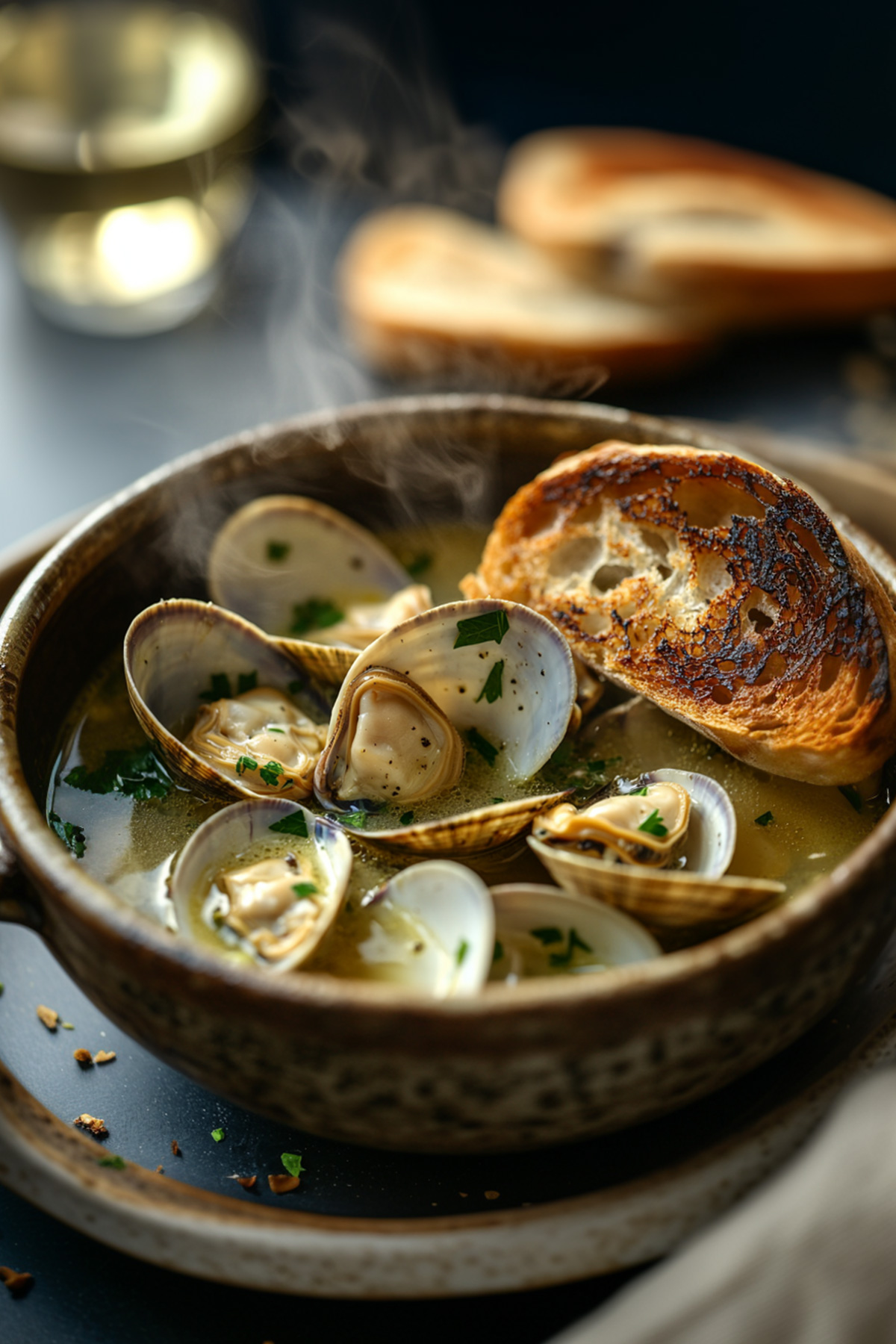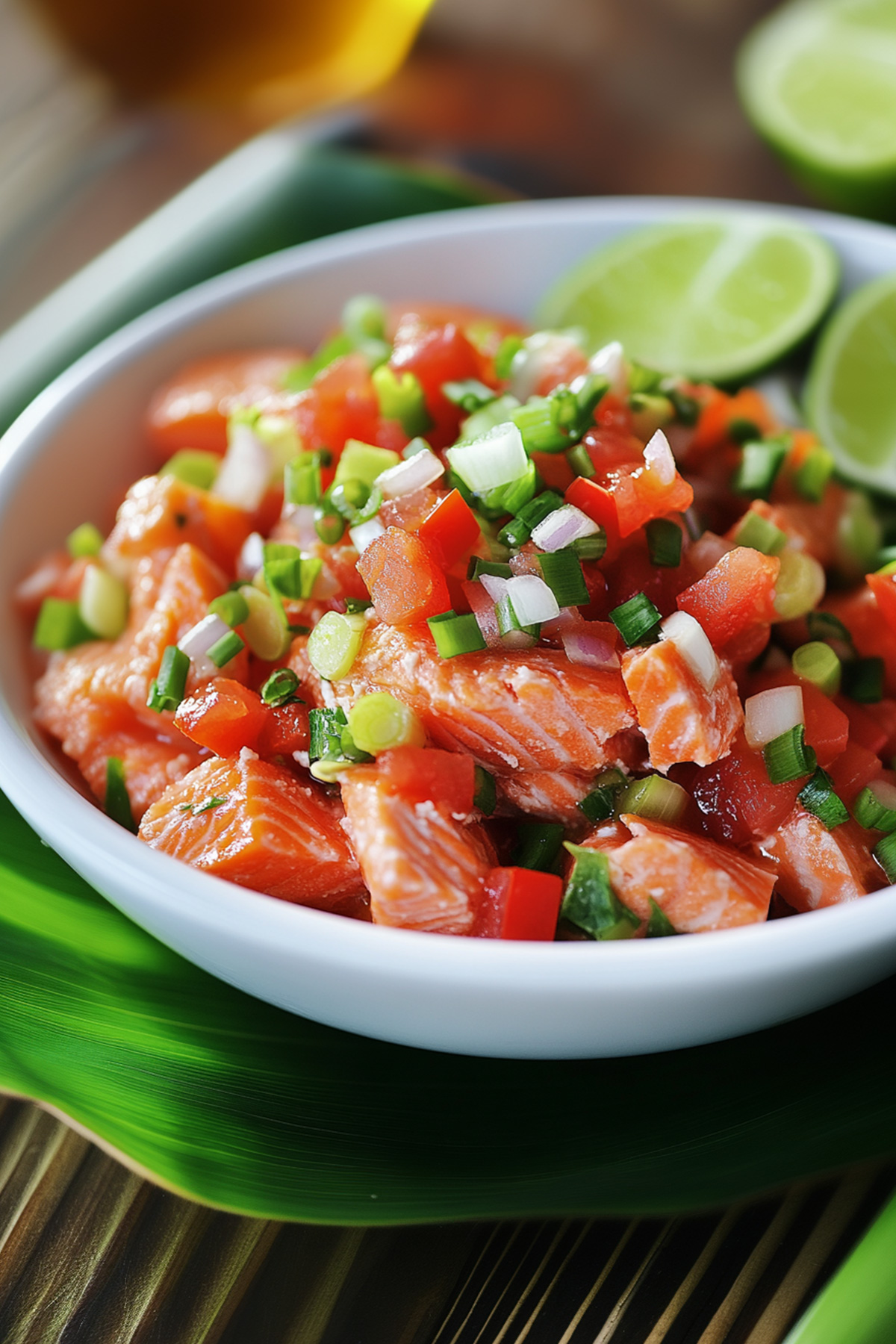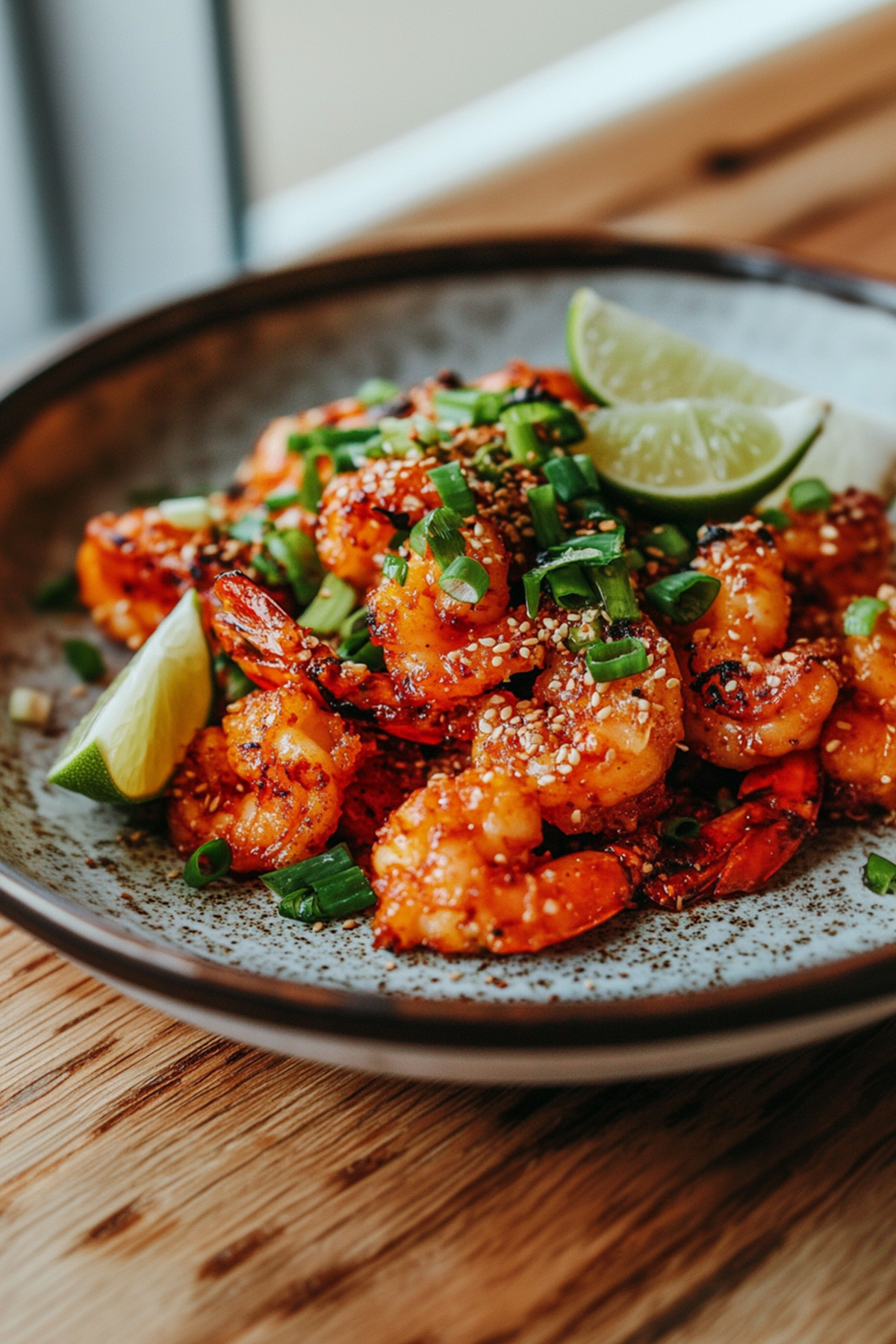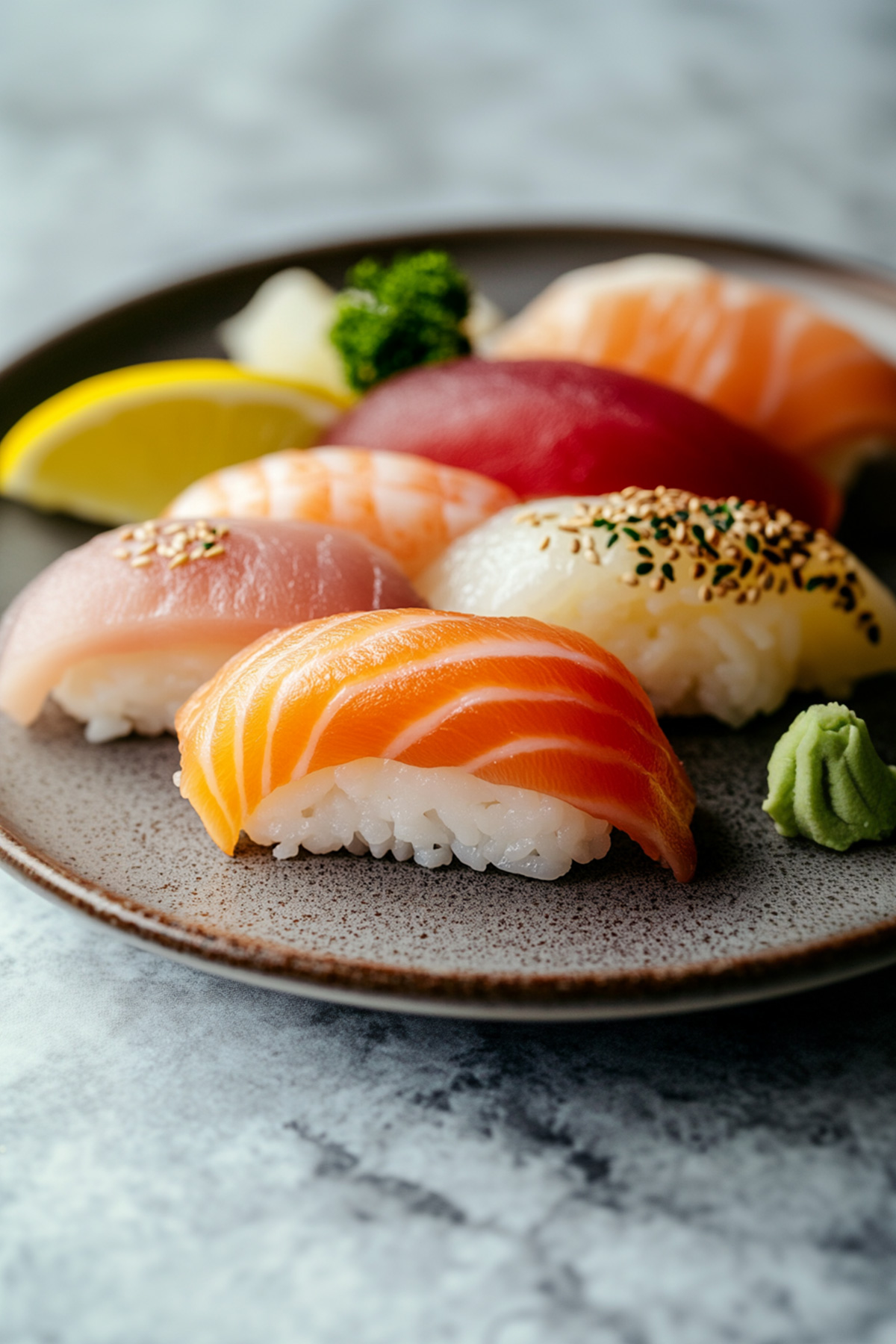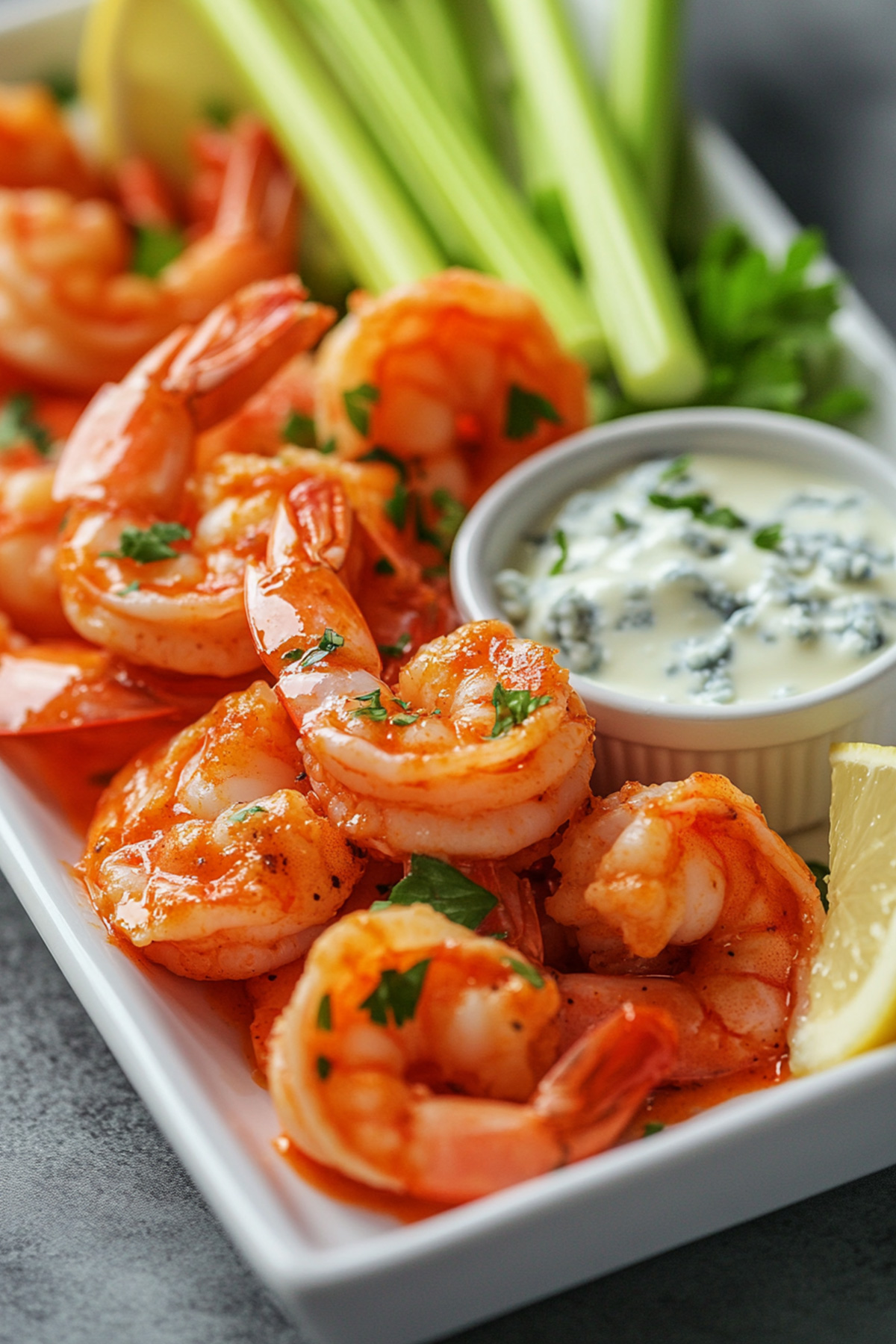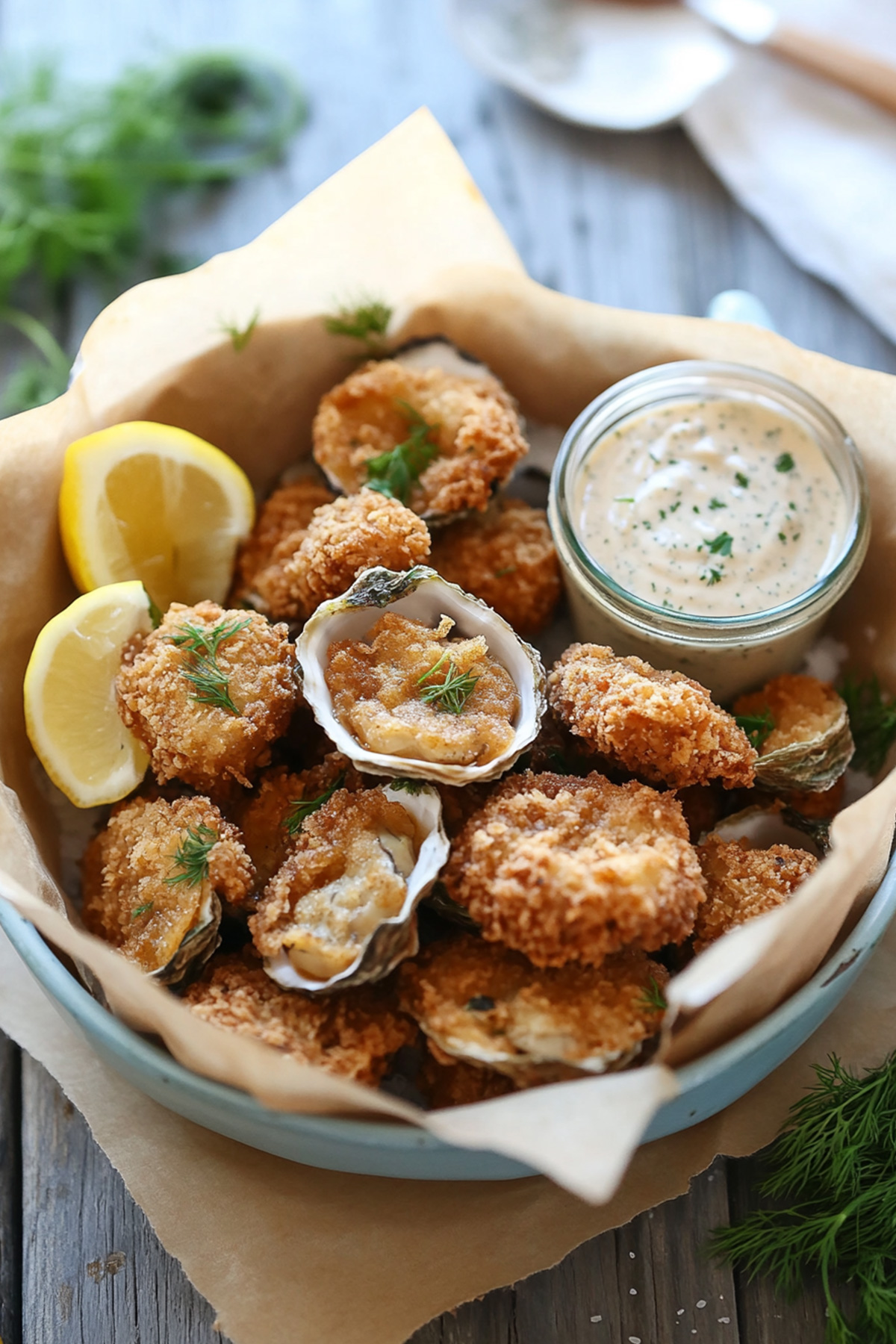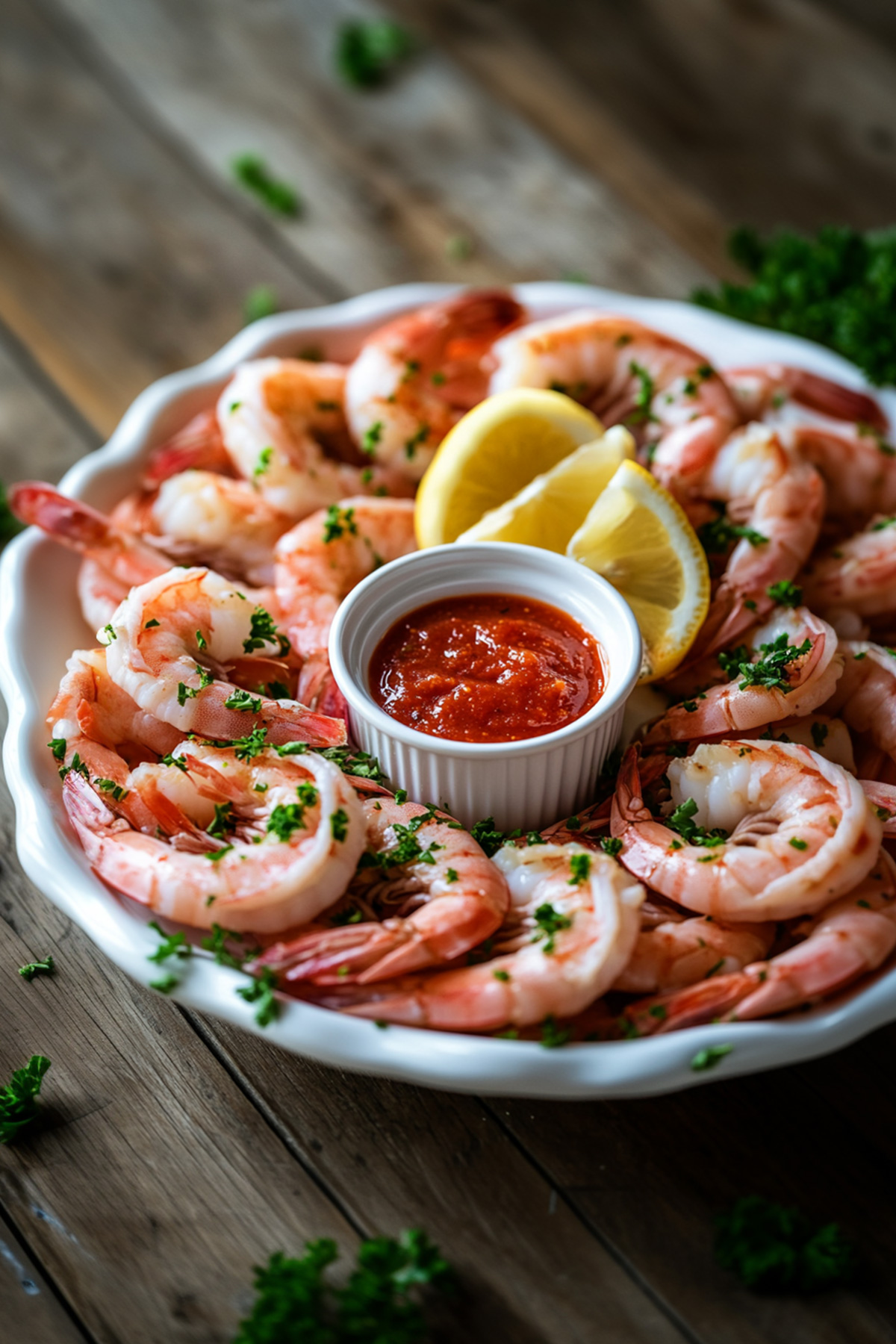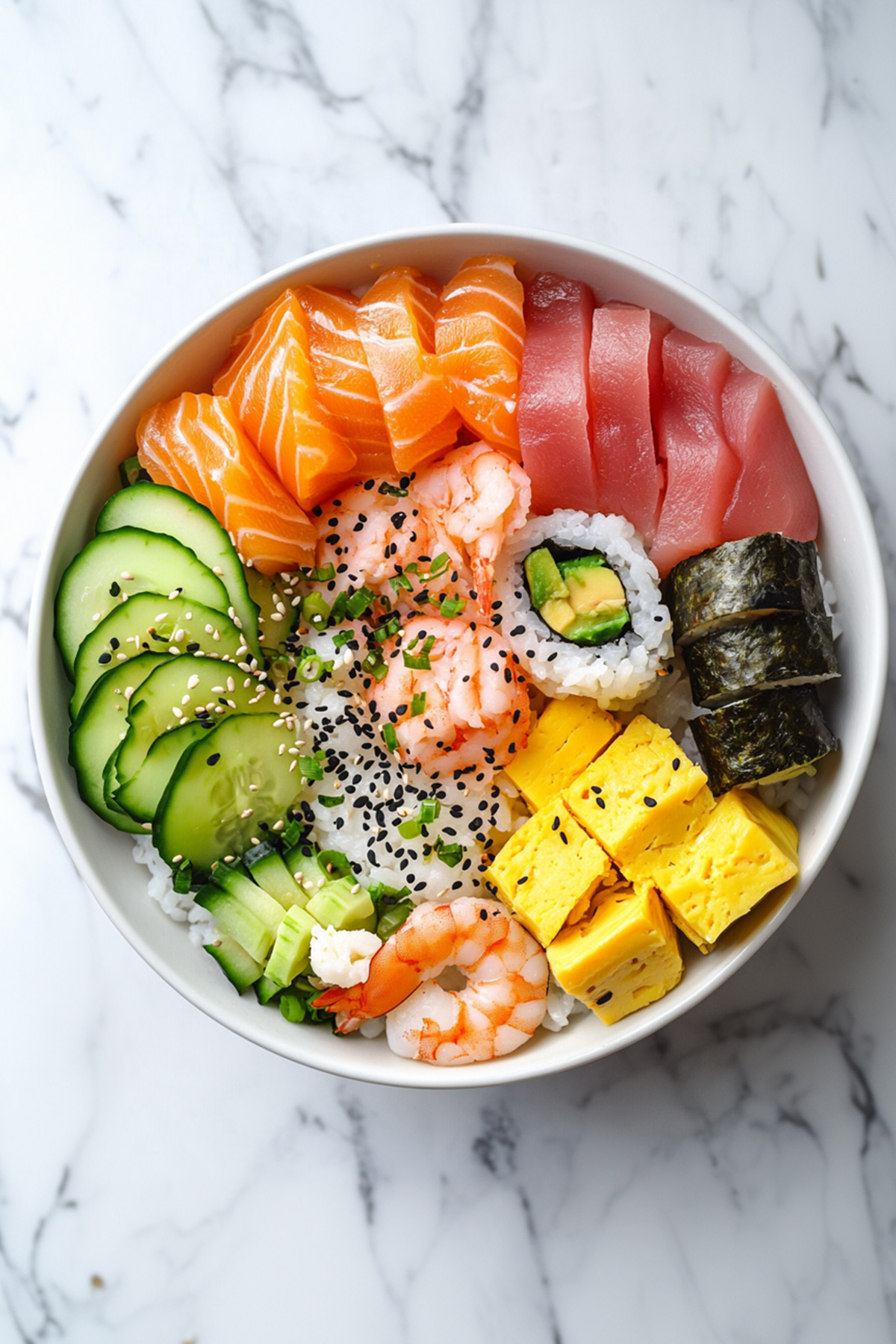Disclosure: As an Amazon Associate and participant in other affiliate programs, we earn from qualifying purchases. We only recommend products we believe will provide value to our readers.
A delicious steamed clams recipe that takes only 15 minutes to prepare proves that impressive seafood dishes don’t require hours in the kitchen. This quick-cooking method yields tender clams swimming in a flavorful broth of white wine, garlic, and chicken stock.
Not only are these butter-garlic steamed clams perfect as an appetizer for four, but they also work wonderfully served over pasta for a complete meal. In fact, two dozen medium to large clams can quickly disappear when served with their savory cooking liquid, which provides the perfect dipping opportunity for crusty bread.
Whether you’re new to cooking seafood or a seasoned chef, this guide will walk you through everything you need to know about preparing perfect steamed clams. You’ll learn proper cleaning techniques, cooking methods, and helpful tips to ensure your clams open perfectly within 7-10 minutes of cooking.
Table of Contents
Essential Equipment for Steaming Clams
Preparing delicious steamed clams starts with having the right equipment in your kitchen. The cornerstone of your setup is a large, heavy-bottomed pot with a tight-fitting lid. This pot should be deep enough to accommodate both the clams and the flavorful cooking liquid while leaving room for steam to circulate.
A steamer basket or steamer insert serves as your primary tool for keeping clams elevated above the cooking liquid. This elevation allows the steam to circulate evenly around the clams, ensuring uniform cooking. Furthermore, the basket makes it easier to remove the clams once they’re done.
Your essential equipment list includes:
- A 6-8 quart pot with lid
- Stainless steel steamer basket or insert
- Large colander for cleaning
- Sturdy wooden spoon or tongs
- Heavy-duty scrub brush
- Kitchen thermometer
Additionally, you’ll want a large bowl for soaking and cleaning the clams before cooking. The bowl should be spacious enough to submerge all your clams in cold water. A sturdy scrub brush helps remove any sand or debris from the shells during the cleaning process.
For serving, prepare shallow bowls or plates with raised edges to contain the delicious broth. Specifically, you’ll need small dishes for discarding empty shells and additional bowls for melted butter or other accompaniments.
Safety equipment shouldn’t be overlooked. Keep heat-resistant mitts or pot holders nearby, as steam can be extremely hot. A splatter screen can be helpful when adding ingredients to the pot, primarily to prevent hot liquid from splashing.
The quality of your cooking vessel directly affects the outcome of your steamed clams. Choose a pot with a heavy bottom to distribute heat evenly and prevent hot spots that could lead to uneven cooking. The lid should create a proper seal to trap steam, though a small amount of steam escaping is normal and actually desired.
Read also: Smoked Clams Recipe
Remember to have a timer within reach – precise cooking times are crucial for perfectly steamed clams. A kitchen thermometer helps ensure your cooking liquid reaches the right temperature before adding the clams.
How to Clean and Prepare Clams Before Steaming
Proper cleaning of clams stands as the foundation of a successful steamed clams recipe. Initially, inspect each clam carefully – they should be tightly closed or close when gently tapped. Discard any cracked, broken, or open shells that don’t respond to tapping.
The purging process requires patience and attention to detail. Fill a large bowl with cold water and add a handful of sea salt. Place your clams in the saltwater mixture and let them rest for 20 minutes. Meanwhile, you’ll notice the clams naturally expelling sand. Lift the clams out carefully, leaving behind the sandy water, and repeat this process at least once more.
Here’s the step-by-step cleaning process:
- Scrub each shell thoroughly with a stiff brush under cold running water
- Remove any visible debris or barnacles
- Check for and remove any “beards” by pulling toward the hinge
- Rinse again under cold water to remove loosened particles
- Place cleaned clams in a fresh bowl of cold water until ready to cook
Temperature control plays a crucial role in keeping your clams fresh throughout the cleaning process. Keep them cool, primarily by using cold water and avoiding direct sunlight. Moreover, handle the shells gently to prevent cracking or damage that could spoil the clams.
A common misconception involves soaking clams in fresh water. Instead, use salted water that mimics their natural environment. Consequently, this helps keep the clams alive and actively filtering out sand and grit.
The final inspection remains essential before cooking. Your cleaned clams should look shiny, smell fresh like the ocean, and feel heavy for their size. Store them in a bowl covered with a damp cloth in the refrigerator if you’re not cooking them immediately.
Read also: Fried Clams Recipe
Remember that cleaning time varies based on how sandy your clams are. Some may need only two soaking cycles, others might require three or four. Trust your judgment – the water should run clear, and you shouldn’t feel any grit when running your finger along the shell.
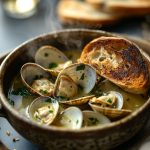
Butter-Garlic Steamed Clams Recipe
- Total Time: 15 minutes
- Yield: 4 servings 1x
Description
Small, sweet clams transform into a delectable dish when steamed in a fragrant mixture of butter, garlic, and white wine. This classic recipe brings restaurant-quality seafood right to your home kitchen.
This butter-garlic steamed clams recipe combines fresh shellfish with aromatic ingredients to create a savory broth perfect for dipping crusty bread. The cooking process takes just 15 minutes, making it an ideal choice for both weeknight dinners and special occasions.
Ingredients
- 3–4 pounds littleneck clams, cleaned
- 3 tablespoons unsalted butter
- 4–6 garlic cloves, minced
- 1 cup dry white wine
- 1 tablespoon fresh lemon juice
- 1/3 cup chopped fresh parsley
- Salt and red pepper flakes to taste
Instructions
- Melt butter in a large pot over medium heat. Subsequently, add minced garlic and cook for 30 seconds, stirring constantly.
- Pour in the white wine and bring to a gentle simmer. Primarily avoid boiling, as this can toughen the clams.
- Following the liquid preparation, add the cleaned clams to the pot. Cover with a tight-fitting lid, leaving a small opening for steam to escape.
- Steam the clams for 7-9 minutes or until they open wide. Accordingly, shake the pot gently every few minutes to ensure even cooking.
- Soon after the clams open, remove from heat and add lemon juice and fresh parsley. Discard any unopened clams.
Notes
- Generally, plan on 1/2 pound per person for appetizers or 1 pound per person for main courses.
- Particularly watch the cooking temperature – maintain a gentle simmer rather than a rolling boil to ensure tender clams.
- The cooking liquid can be used as a dipping sauce or served over pasta.
- Prep Time: 3 minutes
- Cook Time: 12 minutes
- Category: Seafood
- Method: Steaming
Pairing Your Steamed Clams: What to Serve
Elevating your steamed clams experience relies heavily on choosing the right accompaniments. Crusty bread stands as the quintessential partner, primarily because it soaks up the rich, garlicky broth. Your bread options include:
- French baguette slices
- Sourdough chunks
- Grilled ciabatta
- Rustic country bread
Pasta serves as an excellent base for your steamed clams. Linguine or spaghetti absorbs the savory broth, creating a complete meal. Alternatively, consider serving your clams over a bed of fragrant rice pilaf or creamy risotto.
Fresh vegetables complement the briny sweetness of steamed clams perfectly. Roasted asparagus or sautéed green beans add color and texture to your plate. Alongside these, a crisp garden salad dressed with light vinaigrette offers a refreshing contrast.
Wine pairing enhances the dining experience significantly. Opt for the same dry white wine used in cooking – Pinot Grigio or Sauvignon Blanc work exceptionally well. These wines mirror the flavors in your dish while maintaining their distinct character.
For a casual outdoor gathering, consider serving your steamed clams with grilled corn on the cob or roasted potatoes seasoned with herbs. These hearty sides transform your clams into a complete feast. A squeeze of fresh lemon brightens the entire dish, whereas melted butter served on the side adds richness.
Light appetizers prepare the palate for your main course. A simple plate of marinated olives or a small serving of seafood chowder sets the stage nicely. Throughout the meal, keep extra napkins and small bowls nearby for discarding shells.
Consider temperature contrast when planning your spread. Chilled cucumber salad or cold pickled vegetables provide a pleasant counterpoint to the hot, steaming clams. Remember to serve your accompaniments simultaneously with the clams, ensuring everything stays at its optimal temperature.
Health Benefits of Steamed Clams
Beyond their delectable taste, steamed clams pack a powerful nutritional punch that makes them an excellent choice for health-conscious diners. These shellfish serve as an outstanding source of lean protein while containing minimal fat, making them perfect for maintaining muscle health and supporting weight management goals.
Primarily rich in vitamin B12, steamed clams support proper nerve function and help form red blood cells. Their impressive mineral content includes iron, which aids in oxygen transport throughout your body, and zinc, which bolsters immune system function. The selenium present in clams acts as a powerful antioxidant, protecting cells from damage.
The omega-3 fatty acids found in steamed clams play a vital role in heart health by helping reduce inflammation and supporting brain function. These essential fatty acids, notably EPA and DHA, contribute to maintaining healthy cholesterol levels and promoting cardiovascular wellness.
Mineral content stands as another remarkable aspect of steamed clams. They provide substantial amounts of:
- Magnesium for muscle and nerve function
- Potassium for blood pressure regulation
- Copper for collagen formation
- Phosphorus for bone health
The cooking method itself enhances the health benefits of clams. Steaming preserves more nutrients compared to other cooking methods, as the gentle heat maintains the integrity of beneficial compounds. The minimal addition of butter and wine in the recipe keeps the calorie content reasonable while maximizing flavor.
Iodine, another essential mineral abundant in steamed clams, supports proper thyroid function and metabolic health. This mineral proves especially valuable for those who might not get enough through regular dietary sources.
The protein in steamed clams contains all essential amino acids, making it a complete protein source. This quality protein helps repair tissues, supports immune function, and aids in the production of enzymes and hormones necessary for various bodily functions.
For those watching their caloric intake, steamed clams offer an excellent option. A typical serving provides substantial nutrition without excessive calories, making them an ideal choice for balanced meal planning. The high protein content helps promote satiety, potentially reducing overall calorie consumption throughout the day.
References:
– Listonic
– Healthline
Nutritional Information
Understanding the nutritional composition of steamed clams helps make informed dietary choices. A standard serving size of steamed clams, approximately 3 ounces (85 grams), delivers a remarkable nutritional profile while keeping calories in check.
The caloric content remains modest, with each serving containing roughly 125 calories. Nevertheless, these shellfish provide substantial sustenance through their macronutrient distribution. A typical serving offers 22 grams of protein, 2 grams of fat, and 4 grams of carbohydrates.
Here’s a detailed nutritional breakdown per 3-ounce serving:
| Nutrient | Amount | % Daily Value |
|---|---|---|
| Calories | 125 | – |
| Total Fat | 2g | 3% |
| Saturated Fat | 0.3g | 2% |
| Cholesterol | 55mg | 18% |
| Sodium | 95mg | 4% |
| Total Carbohydrates | 4g | 1% |
| Dietary Fiber | 0g | 0% |
| Protein | 22g | 44% |
| Iron | 24mg | 133% |
| Calcium | 78mg | 6% |
| Potassium | 534mg | 15% |
| Vitamin C | 13.1mg | 22% |
| Vitamin A | 300IU | 6% |
In essence, the cooking method affects nutrient retention. Steaming preserves water-soluble vitamins better than other cooking methods, coupled with maintaining the natural mineral content of the clams. The quick cooking time further ensures minimal nutrient loss.
The protein quality in steamed clams deserves special attention. Given these points about amino acid composition, clams provide all nine essential amino acids your body needs. The protein digestibility score ranks high, making it an efficient source for muscle maintenance and growth.
Mineral absorption from steamed clams proves particularly efficient. The presence of vitamin C enhances iron absorption, making this seafood choice valuable for preventing mineral deficiencies. The zinc content meets 74% of daily requirements, supporting immune function and protein synthesis.
Fat content analysis reveals favorable composition. The minimal total fat primarily consists of heart-healthy omega-3 fatty acids, specifically EPA and DHA. These fats contribute to the recommended weekly intake of essential fatty acids without adding excessive calories.
Portion control affects overall nutritional intake. For main courses, a serving of 8-10 clams provides optimal nutrient density without exceeding caloric goals. The sodium content remains moderate when prepared with minimal added salt, making this dish suitable for various dietary preferences.
Micronutrient density stands out in the nutritional profile. The vitamin B12 content exceeds daily requirements, supporting nervous system function and DNA synthesis. Trace minerals like selenium and copper contribute to antioxidant processes and collagen formation respectively.
The glycemic impact remains minimal, making steamed clams suitable for blood sugar management. The combination of high protein and low carbohydrate content helps maintain steady energy levels throughout the day.
References:
– Eat This Much
– Carb Manager
Seasonal Guide to Steamed Clams
Seasonal patterns significantly affect the quality, availability, and taste of clams throughout the year. Understanding these patterns helps select the finest shellfish for your steamed clams recipe.
Spring (March-May) marks the beginning of prime clam season. As water temperatures rise, clams become more active and develop a sweeter flavor profile. The meat tends to be firmer and more succulent during these months, making spring an ideal time for steaming.
Summer brings peak harvesting conditions, with June through August offering the most abundant supply. The warmer waters encourage rapid growth, resulting in plump, tender clams ideal for steaming. However, proper storage becomes crucial during hot months – keep clams at 40°F or below until preparation.
Seasonal availability varies by region:
| Season | Northeast | Pacific Coast | Gulf Coast |
|---|---|---|---|
| Spring | Excellent | Good | Fair |
| Summer | Excellent | Excellent | Good |
| Fall | Good | Excellent | Good |
| Winter | Fair | Good | Excellent |
Fall harvests (September-November) often yield clams with higher glycogen content, creating a naturally sweeter taste. The cooler temperatures make fall an excellent time for collecting and preparing steamed clams, as the shellfish maintain their quality longer.
Winter months require extra attention to sourcing. From December through February, wild harvesting slows in many regions. Alternatively, farm-raised clams maintain consistent quality year-round, offering a reliable option for your steamed clam recipes.
Price fluctuations follow seasonal patterns. Peak season typically brings lower prices due to increased availability. Conversely, off-season months might see higher prices, particularly for wild-caught varieties.
Storage requirements shift with seasons:
- Summer demands immediate use or careful refrigeration
- Winter allows slightly longer storage times
- Spring and fall offer optimal storage conditions
Seasonal water temperatures affect cooking times slightly. Cold-weather clams might need an extra minute of steaming, whereas summer clams often open more quickly. Adjust your cooking time accordingly while maintaining the basic steaming technique.
Regional considerations play a vital role in seasonal selection. Pacific coast clams peak slightly later than Atlantic varieties, whereas Gulf coast clams offer excellent quality during winter months. Understanding your local harvest patterns ensures the freshest ingredients for your steamed clams recipe.
Each season brings unique characteristics to clam meat texture and flavor. Spring clams often display a delicate sweetness, summer specimens offer peak plumpness, fall harvests provide rich flavor, and winter clams tend toward firmer texture.
Firstly, consider seasonal weather patterns when planning your clam dishes. Primarily, warmer months suit lighter preparations, whereas heartier accompaniments complement winter clams. Similarly, adjust your serving sizes based on seasonal meat yield variations.
Professional chefs often adapt their steamed clam recipes to seasonal changes. Hence, lighter broths complement spring and summer clams, alternatively, richer preparations enhance winter specimens. Seasonal herbs and accompaniments can likewise be adjusted to complement the natural flavors of each season.
Read also: Can you eat Raw Clams?
Conclusion
Steamed clams stand out as both a delightful delicacy and a nutritious meal choice throughout the year. Their versatility allows you to enjoy them as an appetizer or transform them into a complete dinner with pasta or crusty bread. The simple preparation method, requiring just 15 minutes of your time, makes this dish accessible for home cooks of all skill levels.
Armed with the right equipment and proper cleaning techniques, you’ll master perfectly steamed clams that open beautifully within minutes. The rich, garlicky broth created during steaming adds another dimension to this protein-packed seafood dish, while seasonal availability guides help ensure the best quality clams for your table.
Beyond their delectable taste, these tender morsels deliver impressive nutritional benefits, particularly high-quality protein and essential minerals. The gentle steaming method preserves these nutrients effectively, making steamed clams an excellent choice for health-conscious food lovers.
Remember that success lies in the details – fresh ingredients, proper cleaning, and careful attention to cooking temperature will reward you with restaurant-quality results. Whether served at a casual gathering or an elegant dinner party, steamed clams consistently deliver a memorable dining experience.

